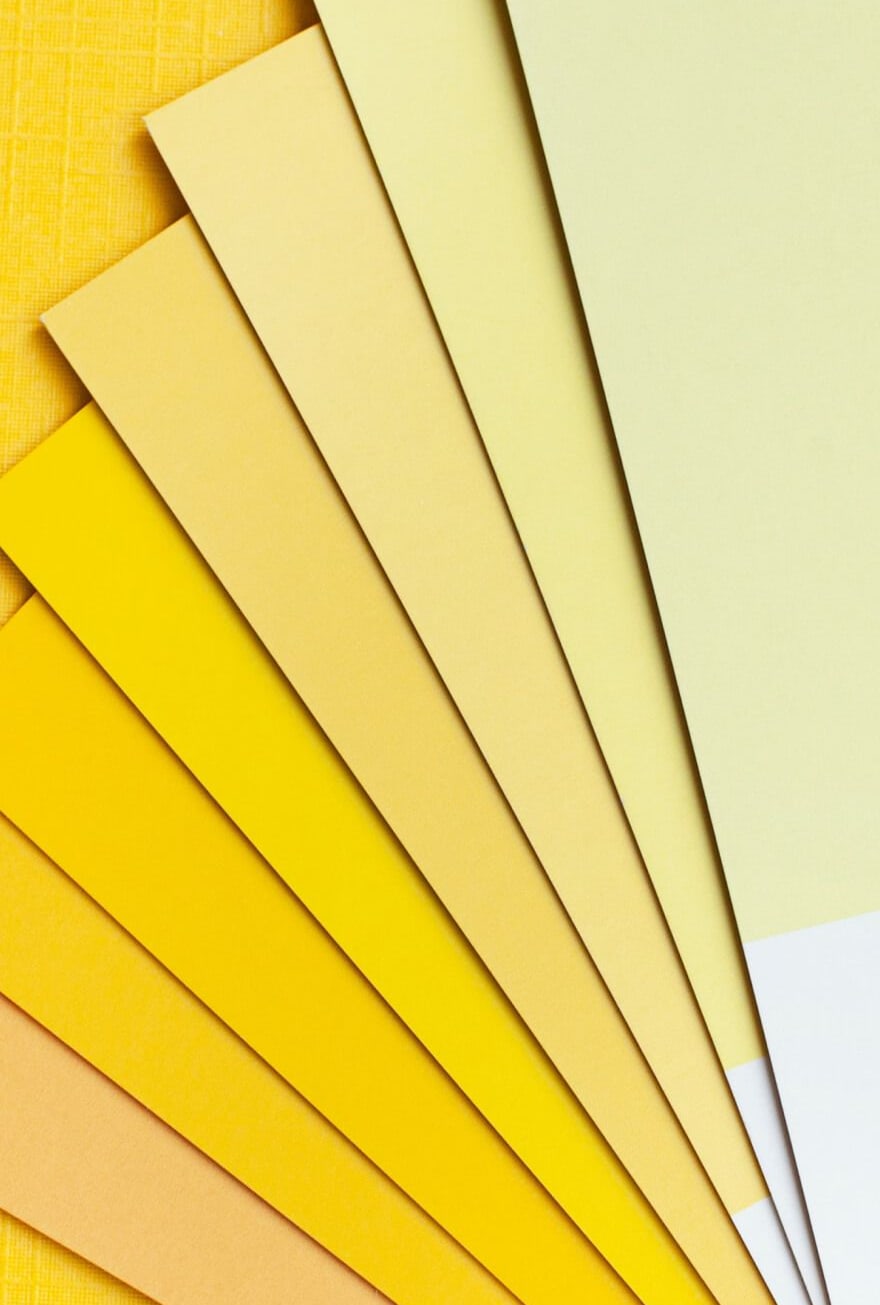Knowde Enhanced TDS
Identification & Functionality
- Chemical Family
- Fillers Included
- Polymer Name
- Reinforcement Form
- Reinforcement Material
- Technologies
Features & Benefits
- Materials Features
- Products Overview
- Norplex-Micarta offers several grades of thermoset composite material combining epoxy resin systems with a variety of glass fabric substrates. These combinations yield thermoset composites with superior physical properties and outstanding performance in both low-temperature and high-temperature environments for electronics, military, oil & gas, aerospace and power generation applications.
- Low-temperature epoxy glass materials offer excellent chemical resistance and electrical properties in either dry or humid conditions. Depending upon the final application, some grades are flame retardant, meeting UL Flammability Class V-0 criteria. They feature exceptional flexural, impact and bond strength at temperatures up to 130°C. Low-temperature epoxy glass composites are used in a variety of structural, electronic, electrical and cryogenic applications.
- High-temperature epoxy glass materials provide superior mechanical strength and insulation properties over a wide temperature range. These products maintain excellent mechanical strength when subjected to continuous operating temperatures up to 180°C. By customizing the resin system, several grades are made suitable for much higher temperatures for short periods of time. At elevated temperatures, these products retain a minimum of 50% of their room temperature flexural strength. Several grades meet NEMA G-11 requirements. The materials can also be produced using alternate glass styles for applications that do not require NEMA G-11 compliance, but do require special attributes. Applications include solder pallets, corona discharge, rotor and stator slot insulation and structural applications in high-temperature environments.
Applications & Uses
- Applications
- Composites End Use
- Applications
This material combines a woven-glass fabric with a static-dissipative epoxy resin system. It is used when surface-to-surface static dissipation of the composite is required in the X, Y and Z directions, and is ideal for structural applications in the military electronics market.
Properties
- Note
- 1This temperature is a recommendation only, and based upon experience in various applications. The maximum operating temperature is dependent upon the application and should be investigated prior to use.
- *t₁= Thickness tested at 0.0625 inch
- *t₂= Thickness tested at 0.125 inch
- *t₃= Thickness tested at 0.500 inch
Regulatory & Compliance
- Quality Standards




